Description
CHCNAV ViLi i100
Visual-LiDAR GNSS RTK Receiver
| Category | Specification |
|---|---|
| GNSS Channels & Signals | Full GNSS: GPS / GLONASS / Galileo / BeiDou / QZSS / NavIC (IBS) – 1408 channels (iStar2.0) |
| GNSS Accuracy (Open Sky) | RTK: Horizontal ~8 mm + 1 ppm, Vertical ~15 mm + 1 ppm |
| GNSS Accuracy (Obstructed / SFix) | With GNSS: ~5 cm typical @15 m; Without GNSS: ~5 cm within 20 m radius using SFix 2.0 & LiDAR fusion |
| IMU | Update rate: 200 Hz; Tilt compensation down to 30° tilt |
| LiDAR Sensor | Range: ~30 m @10% reflectivity, ~70 m @80% reflectivity; FOV: 360° H × 90° V; Point rate: 860,544 pts/sec (single-echo mode) |
| Visual Cameras | Telephoto camera: 8 MP, F/2.2, 77.5°×48.8° FOV (range 5-20 m) Dual camera (color): 2 MP + 2 MP, combined FOV 130°×46° |
| Weight & Dimensions | Weight: ~1.39 kg Dimensions: 208 mm × 162.0 mm × 95.5 mm |
| Environmental / Mechanical | Operating temp: -40 °C to +75 °C Storage: -20 °C to +55 °C Ingress protection: IP67 Shock resistance: IK08 |
| Battery & Power | Built-in battery: 7.2 V / 9,900 mAh (~71.3 Wh) Typical consumption: ~15 W for SFix/Vi-LiDAR scan, ~4 W for UHF/4G RTK rover Scan mode: up to ~5 h; RTK mode: up to ~22 h Supports up to 30 W PD fast-charging (~5 h full) |
| Connectivity & Ports | Bluetooth, Wi-Fi UHF radio (410-470 MHz, Rx only) 1× USB Type-C (USB 3.0) 1× SMA UHF antenna port Data formats: RTCM 2.x/3.x, CMR input/output, NMEA 0183, LAS point cloud output, RINEX 2.11/3.02 Internal memory: 64 GB (expandable to 1 TB) |
| Modes & Features | RTK (Base-Rover), CORS/Network, PPP, PPK, SFix (Visual-LiDAR), Vi-LiDAR contactless survey, AR/CAD stake-out support with dual cameras |
Main Features
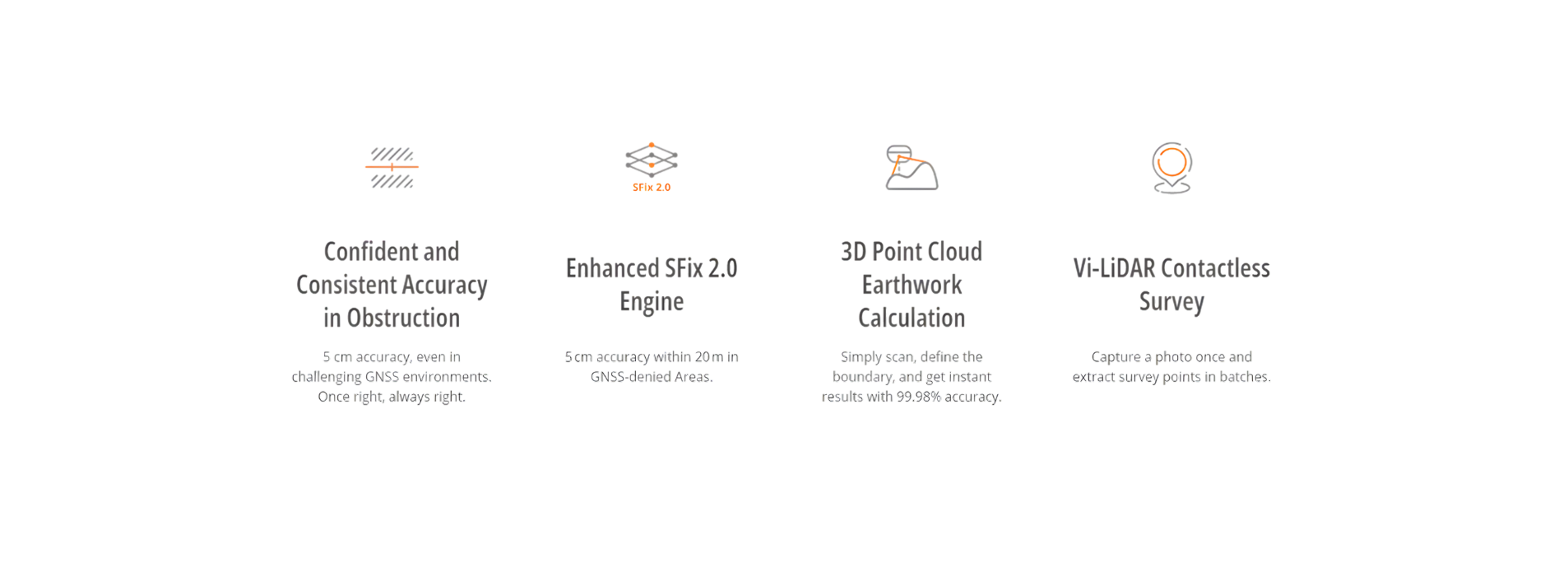
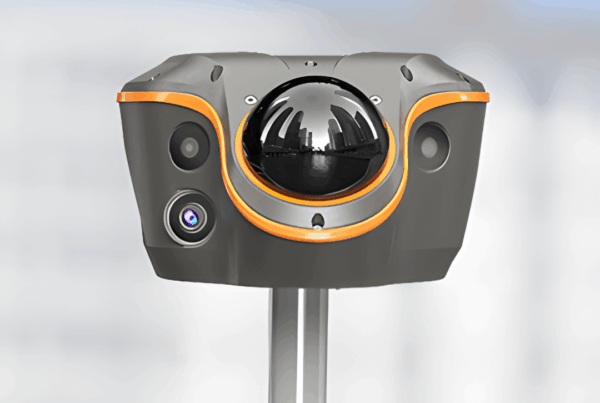
Highlights
The ViLi i100 is the flagship GNSS RTK receiver from CHCNAV, designed to deliver unmatched precision and reliability. Powered by advanced satellite filtering, enhanced SFix 2.0 positioning, and innovative Vi-LiDAR technology, it ensures centimetre-level accuracy even in the most challenging GNSS environments. With the ViLi i100, professionals can push the limits of traditional GNSS surveying, achieving faster, more accurate, and more consistent results in every project.
USE CASES
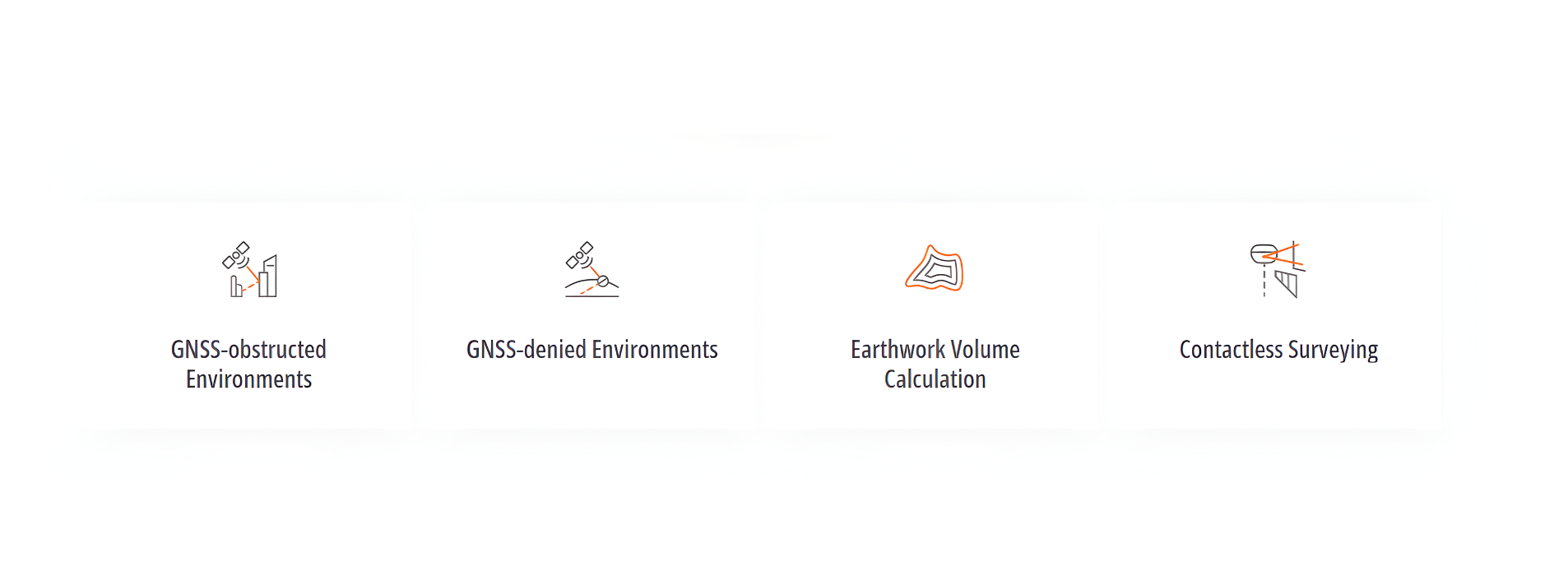

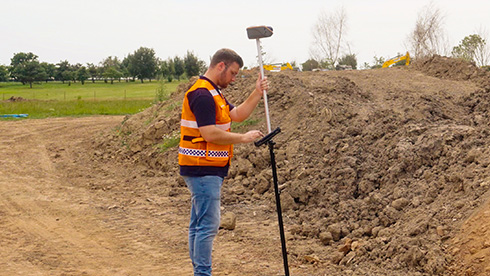
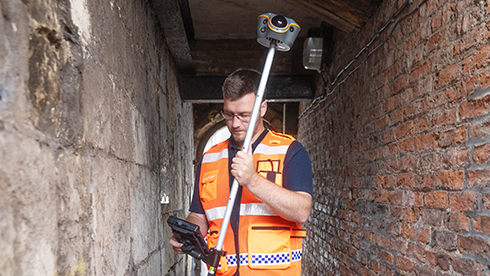





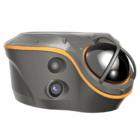
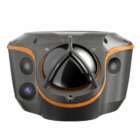


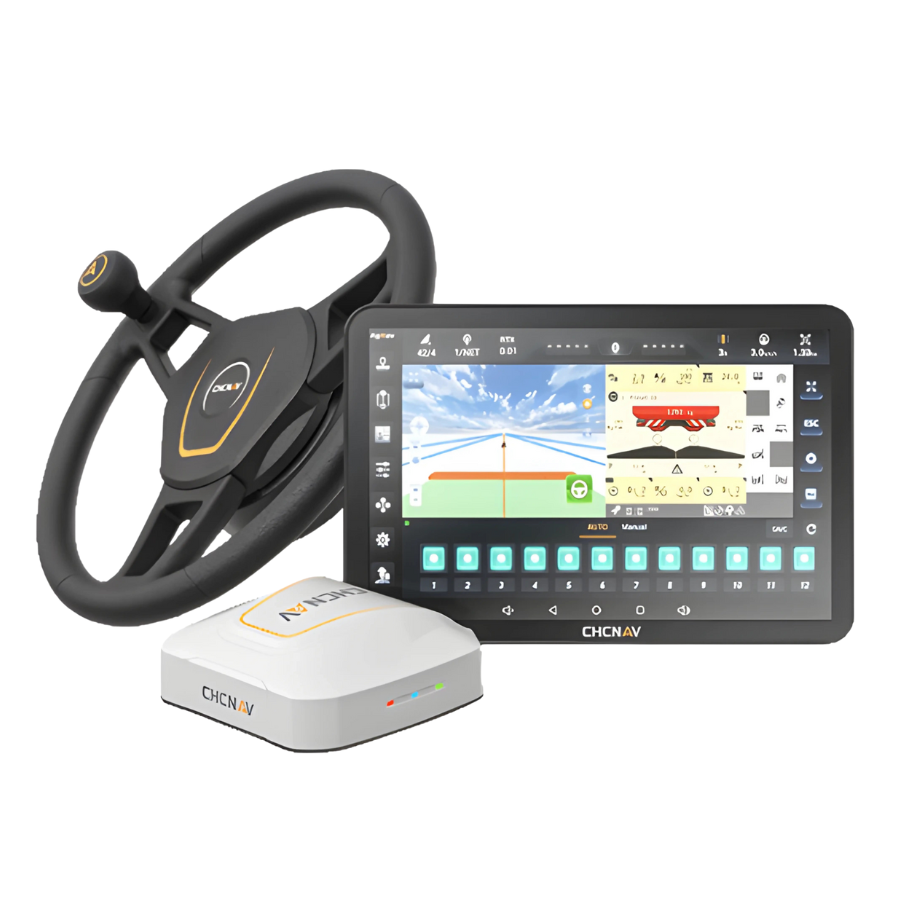



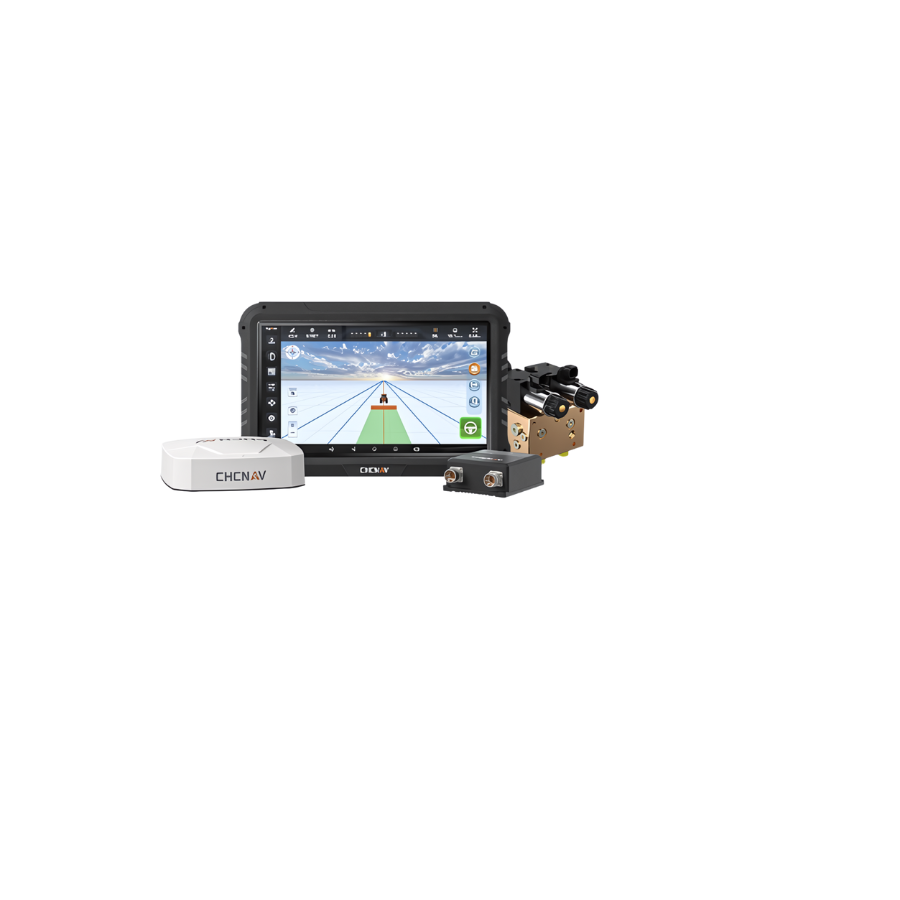

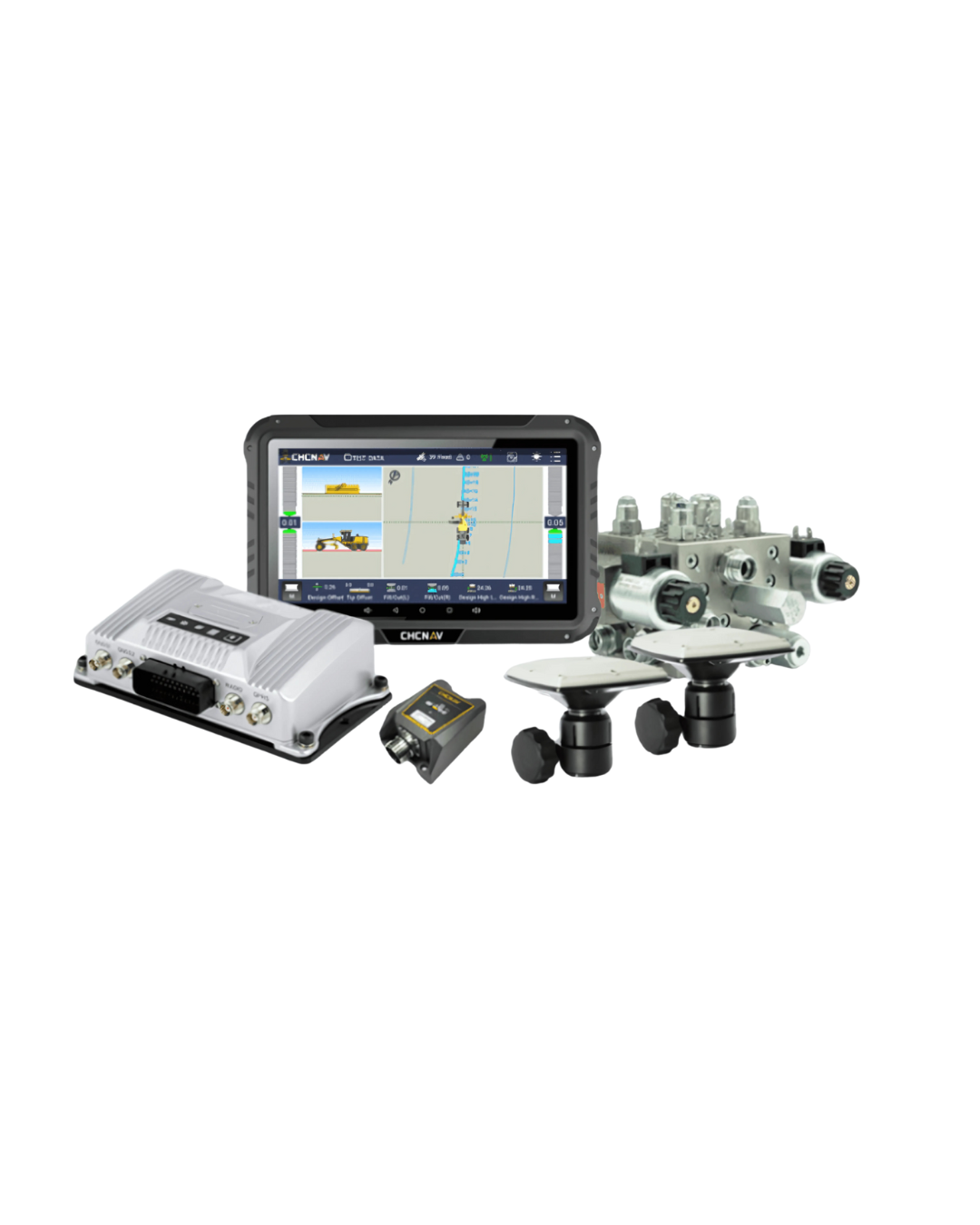











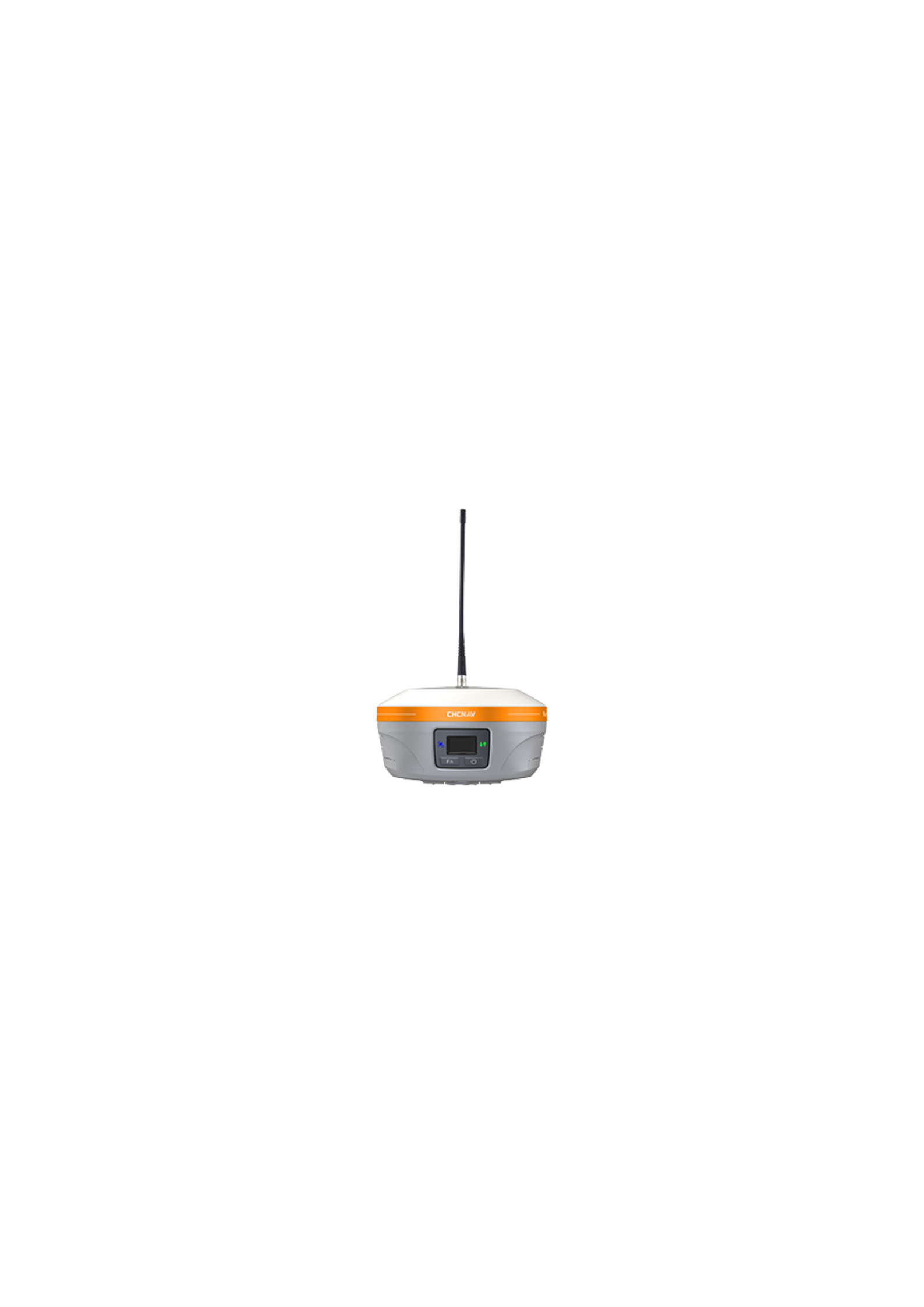

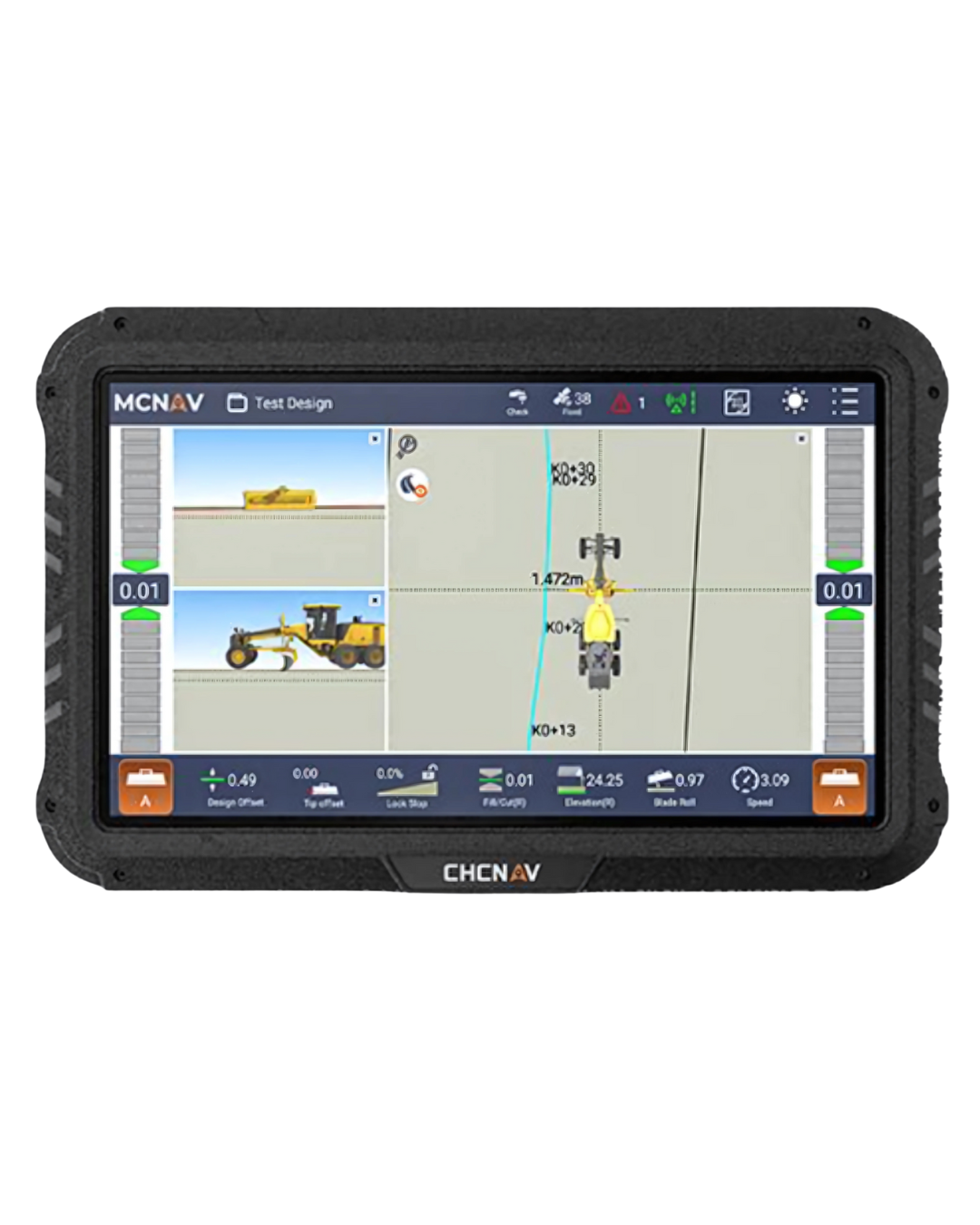

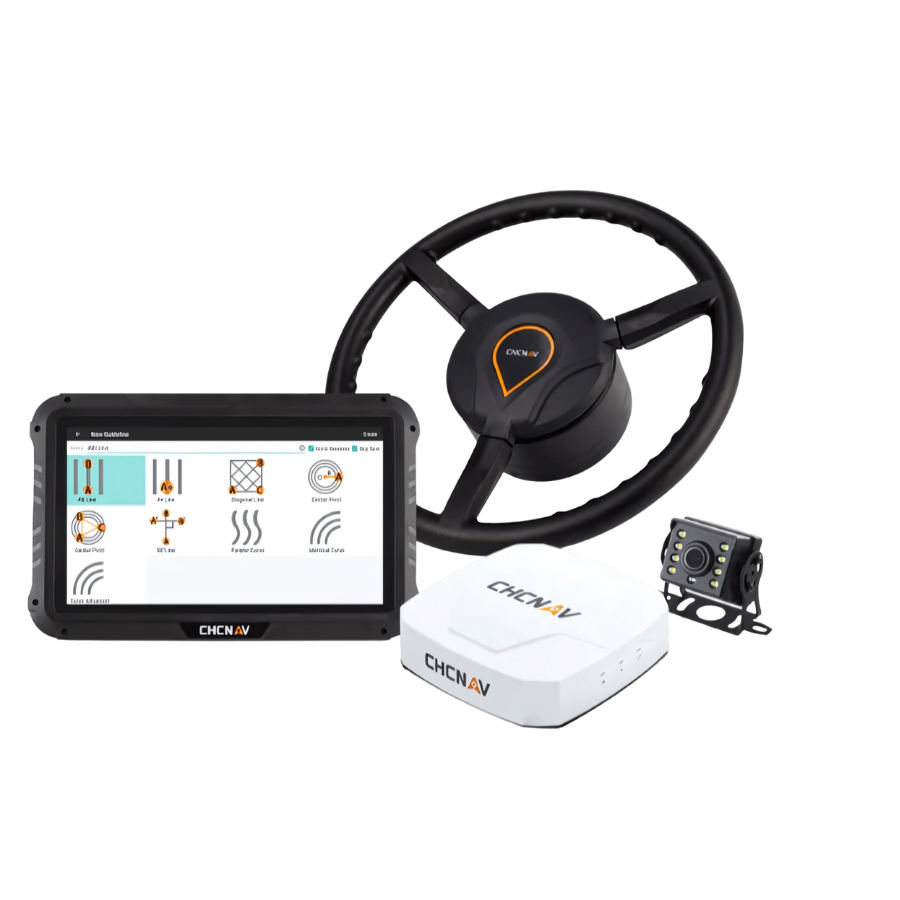


There are no reviews yet.